Coffee with Andrius (Ep. 1)
What is muscle glycogen and why is it important?
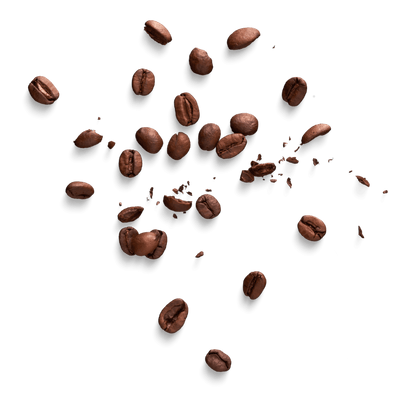
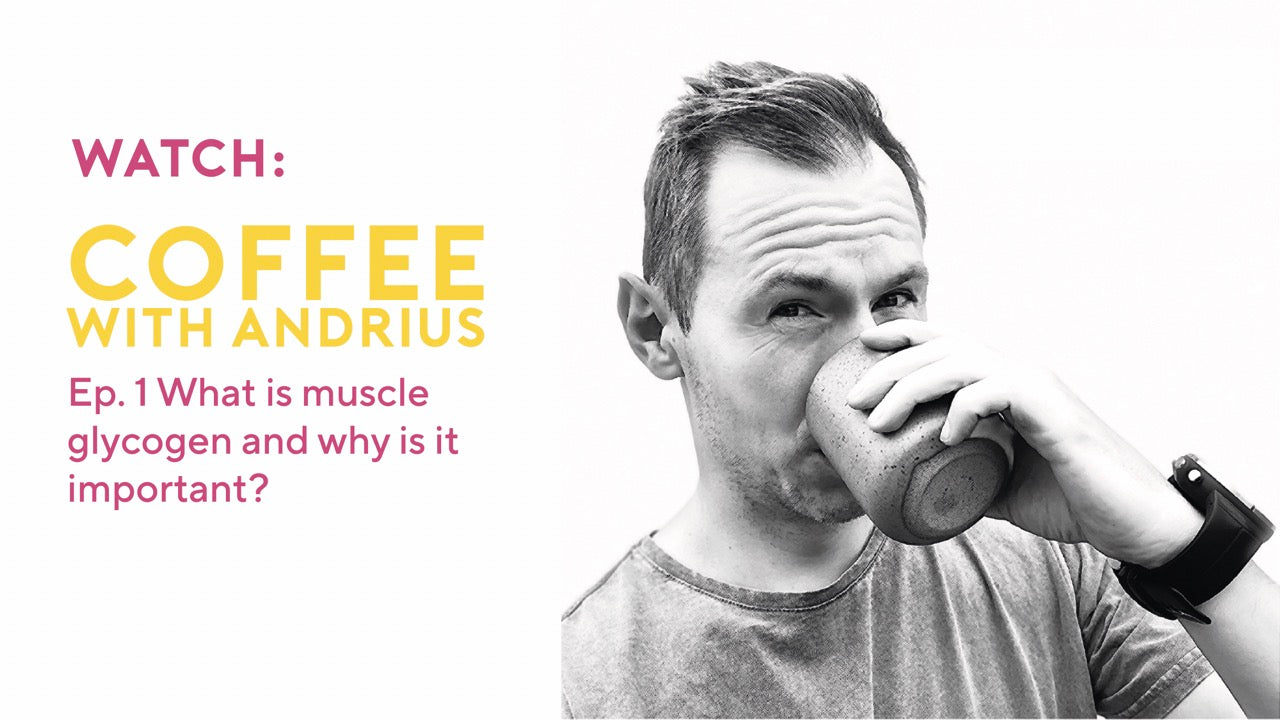
[VIDEO TRANSCRIPT]
When we exercise, we use two primary fuels - fat and carbs. In normal circumstances, we leave protein out of this party.
Your body has pretty sophisticated machinery for controlling the balance between the amount of carbohydrate and fat you burn, selecting the right combination based on exercise intensity, duration, mode of exercise, your fitness level, and many other factors.
We store that fuel in the body, and glycogen is how your body stores carbohydrates. Where? Mainly in your muscles.
Our glycogen storage has limits: we can store approx. 400 grams in the muscles and about 100 grams in the liver.
The quickest way to store muscle glycogen is to consume carbohydrate-rich foods. What happens next? The food travels to your intestines and are broken down to a single glucose and fructose molecules, which are then transported to a bloodstream through specialised receptors.
Glucose and fructose then have to reach and enter muscle cells. Your pancreas secrets the hormone insulin, which transports glucose across the muscle cell. Fructose undergoes an extra conversion step in the liver before being transported to muscles.
An interesting fact is that immediately after exercise, your muscle cells “open the doors” for glucose without help from insulin. This allows your body to replenish glycogen stores faster in the initial hours following a workout.
Once in the muscle, glucose is incorporated into a highly-organised branched structure that binds more than 10,000 glucose units together. This called muscle glycogen.
We need glycogen to fuel exercise, especially when exercise intensity is higher. At lower exercise intensities, we mainly burn fat-based fuels. Similar to glycogen, some fat is stored in your muscle fibres (IMTG) and the rest around your organs or under your skin.
A cool fact about glycogen that we learned in the recent decade is that its role extends beyond just storing energy. Glycogen can sense energy levels in the muscle, and then regulate which fuel (or combination of fuel) to burn and adapt to exercise.
There is strong support from the research community that completing selected (mainly lower intensity) training sessions without carbohydrate support and lower muscle glycogen levels can amplify adaptation to exercise. There is a case when supporting exercise energy needs with a lower carb, but higher fat/protein may be a good option.
When you are preparing for a race and choose to “carb-load” to fill your muscle glycogen, keep in mind that glycogen binds to water in your muscles. This results in you weighing more – but don’t freak out, most of it is water weight! One gram of glycogen attracts about four grams of water. So when you see the scales sky-rocket after a plate of pasta, it’s not the end of the world!
Explore the Roam Range

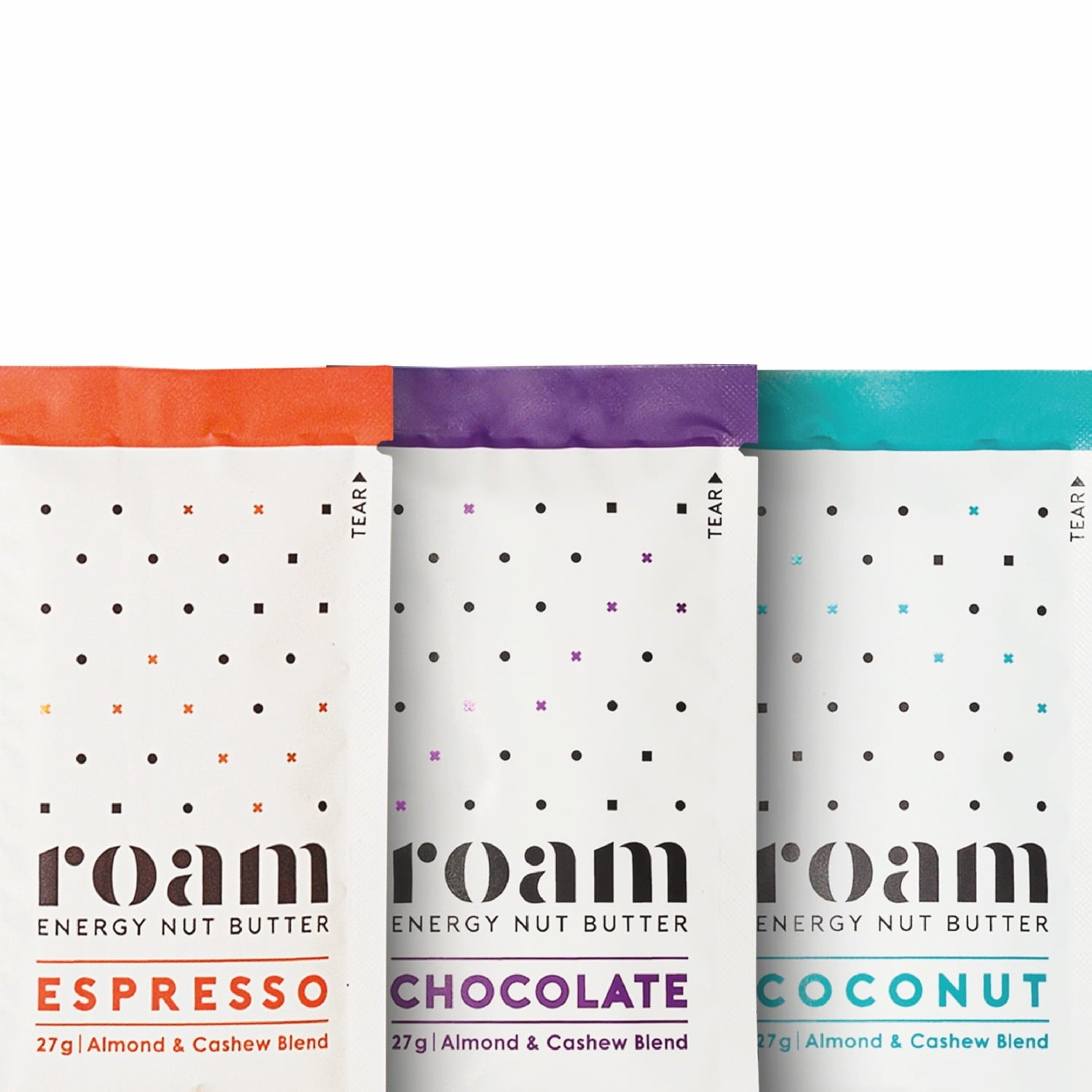 The Ultimate Roamer Bundle
The Ultimate Roamer BundleThe Ultimate Roamer Bundle
Regular priceUnit price per$244.94 NZDSale price $190.00 NZD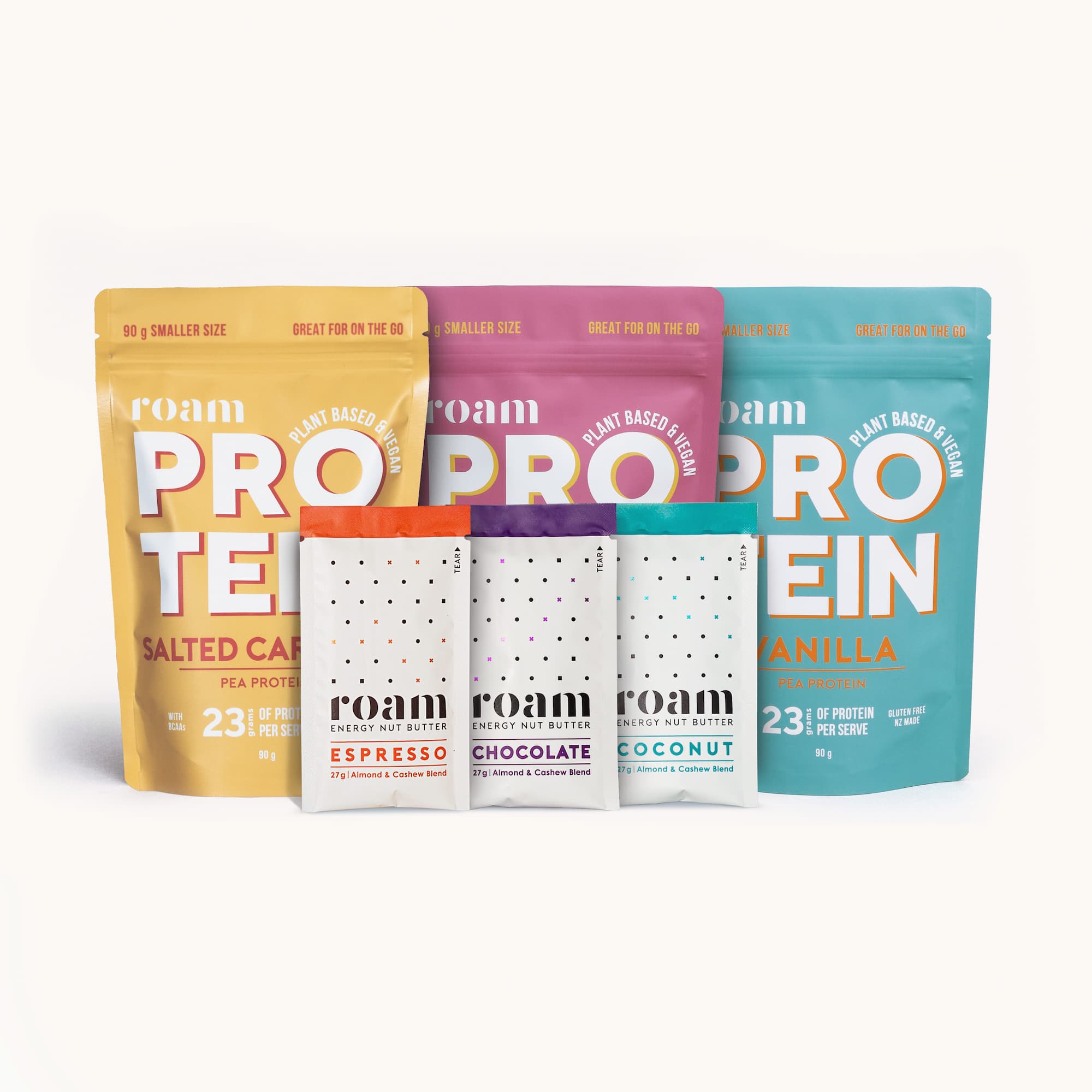
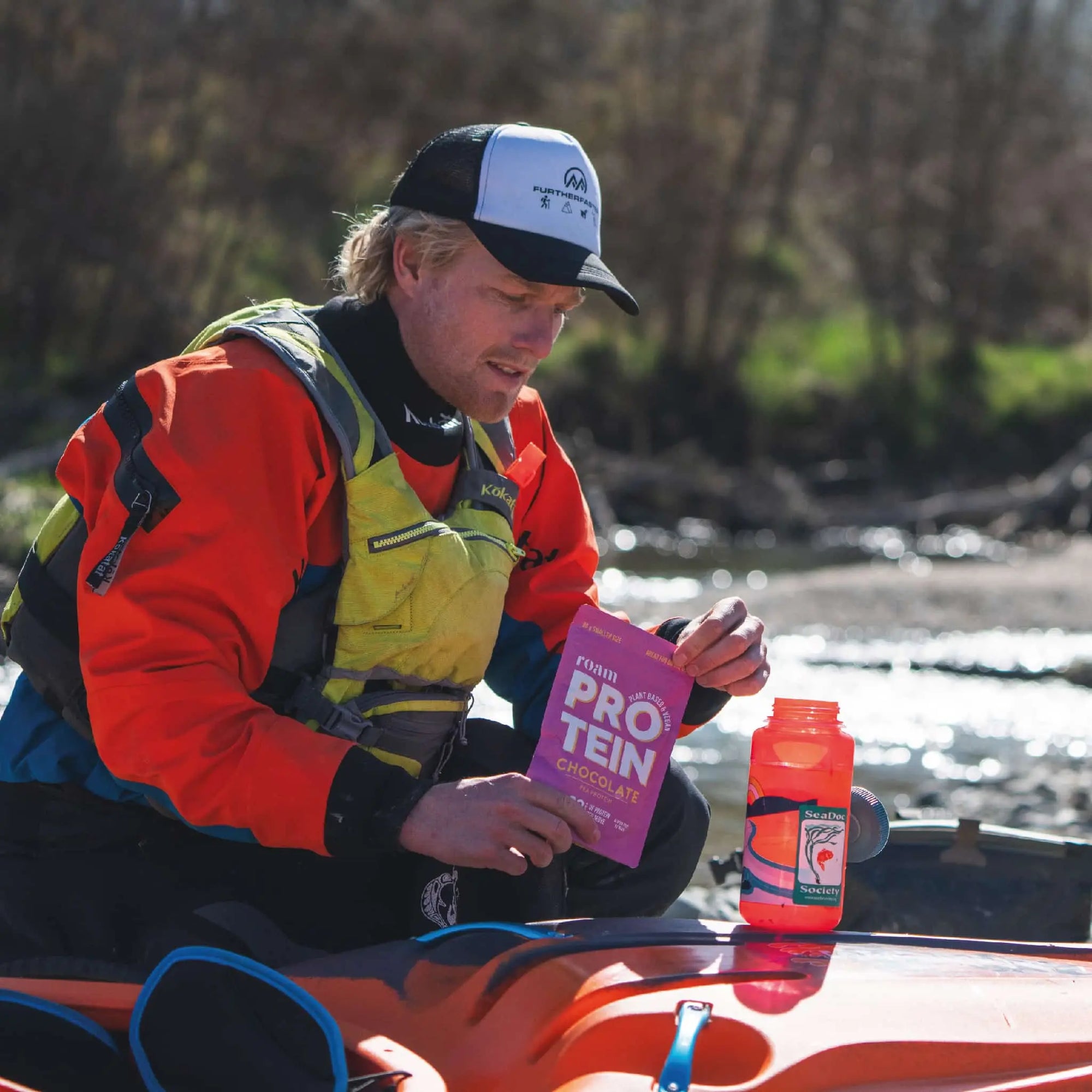

 Trio Protein +Shaker – 90g Protein
Trio Protein +Shaker – 90g ProteinTrio Protein +Shaker – 90g Protein
Regular priceUnit price per$72.98 NZDSale price $55.00 NZD
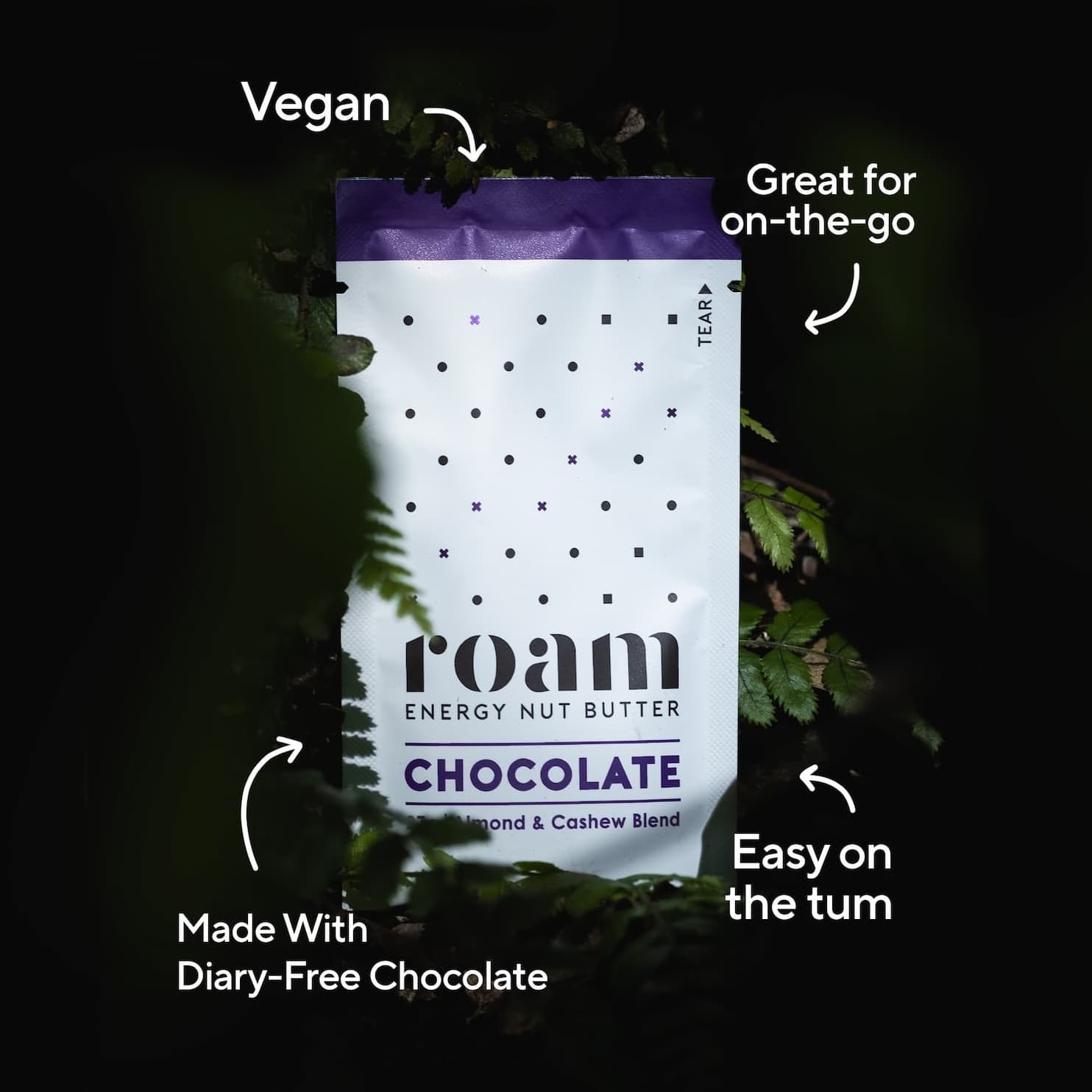 Energy Nut Butter - Mixed Pack
Energy Nut Butter - Mixed PackEnergy Nut Butter - Mixed Pack
Regular price $27.00 NZD+Unit price per







